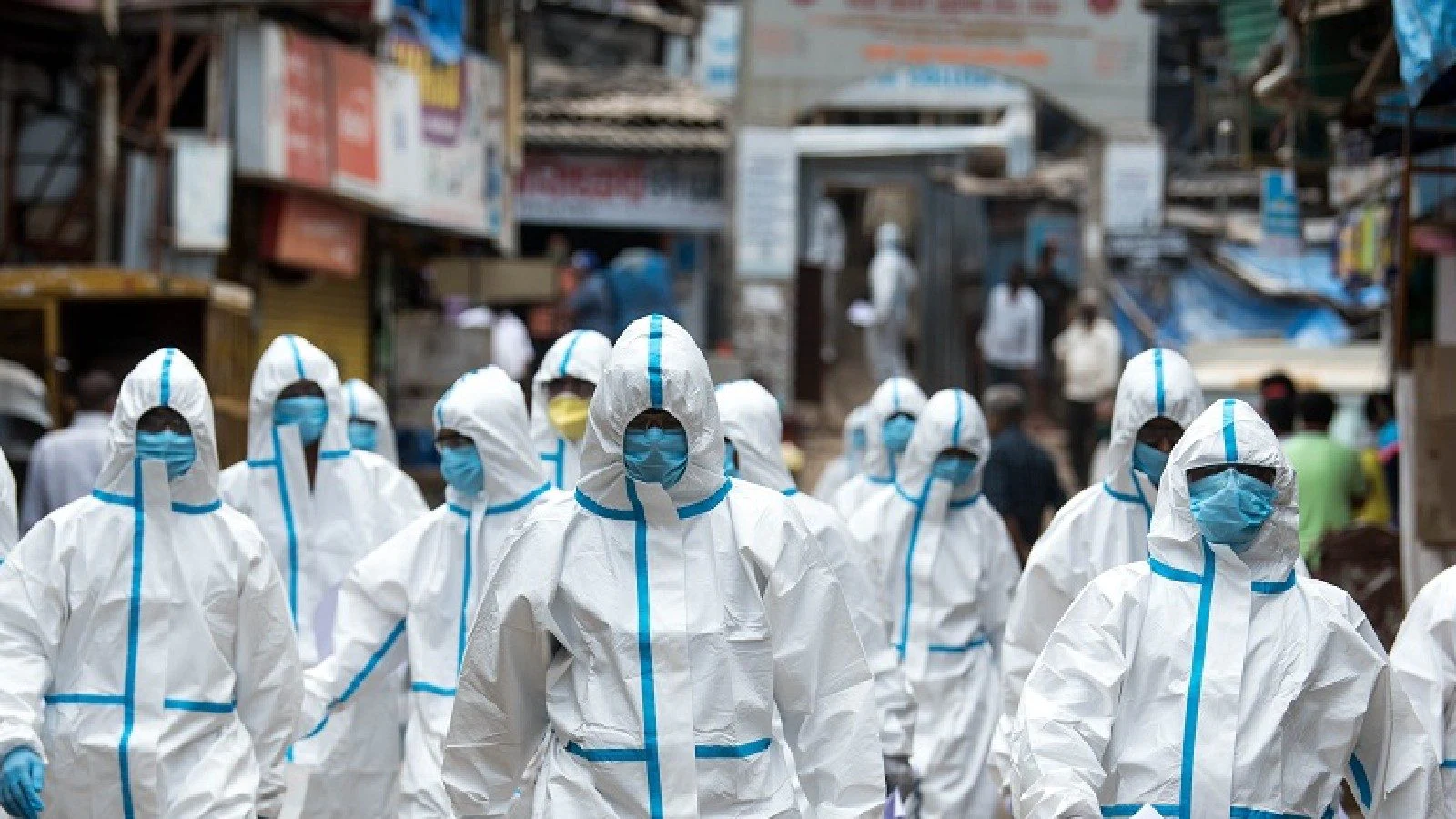From calculating market predictions in finance, implementing AI in computer science, and developing organic pesticides in agriculture, math has its roots extensively seeped into many fields. The same goes for its application in one of the most important fields – healthcare. It has been proven time and again that math and its computational revolution can transform what we know in healthcare and how we treat patients.
Math deciphers how the body functions, talks about the exponential growth rate of various diseases, delves into medicine proportions in numbers and fractions, and is incorporated into the daily lives of healthcare professionals. Today, with the power of big data and mathematical tools, several breakthroughs in the field of medicine and healthcare are being made.
Let’s look at these five vital applications of math in healthcare which can offer a great career option for medical aspirants and NEET is not a must for all:
Growth and outcome prediction
Math resolves a myriad of medical conditions associated with the human body in a comprehensive manner that we can understand. We see medical experts explain reports and body scans in numbers and statistical graphs – these analyses help forecast the growth rate of diseases and enable them to predict an outcome based on the analysis. Further, mathematical models are used to study how human behaviours can alter the spread of infectious diseases.
Data science to understand trajectories for cancer patients
With the large stigma around cancer that exists even today, researchers have made a significant impact and changes to the course of cancer treatments, something which would not have seemed possible just a few years ago. An approach of mathematical analysis called ‘Evolutionary Dynamics’ is used to study how malignant mutations of cancer evolve. The challenges of drug and chemotherapy resistance can be understood using mathematical models. These studies help the treatments in targeting the cells and avoiding drug resistance.
Recording, maintaining, and monitoring medical history
When math, and computer science aka machine learning join hands, it results in the efficient storage of medical records and the development of the medical curve of patients with a long history. Not only does it help in managing the data digitally, but healthcare applications are making it easier for medical personnel to manage patient appointments, notify them, and share digital reports. A big relief from the traditional way of physical record management!
Applied modern medicine
Usually, medicines have dosage recommendations in mg or per kg. Conversions and numerical proportions have a great deal of application in developing modern medicine which we use worldwide to treat several diseases or even minor colds and fevers. Not only in recommending the medicines, but doctors also determine how long the medicine will stay in the patient’s body, based on which the medicine consumption is timed at regular intervals. Data modeling potential drug targets and screening treatments for harmful side effects are a few of the many functions that emphasize math as a subdiscipline in generating modern medicine.
3D printing in medicine
3D printing is the ability to print any object layer by layer to create three-dimensional objects. This has created a massive breakthrough in medicine lately. Bioprinting is an advanced form of 3D printing that allows for the printing of tissue and vital organs from cells and has received a lot of traction and scientific interest in recent years. Cell printers utilizing mathematical techniques have been developed for bioprinting, giving medical professionals the ability to place cells in positions that mimic their respective positions in organs. Thus, incorporating math and advanced technology in healthcare has great potential as we move to the future transformation of medicine.
Discourses like predicting cardiac defibrillation, studying human brains, and mapping migraines have become possible due to math as it remains the only way to decode physiology and lay groundwork for further research and developments. Just like the most common applications – for example, in pharmacology are probability, and statistics, math continues to shed light on how healthcare professionals have a working knowledge of the subject in their daily lives.
— Written by Manan Khurma, Founder & Chairman, Cuemath
Read all the Latest News , Breaking News and IPL 2022 Live Updates here.




















Discussion about this post